The Junction Loft Revival
West Toronto, ON | Completed October 2024
The Challenge
Honestly, this one had us scratching our heads for weeks. A 1920s industrial warehouse that'd been sitting empty since the '90s - beautiful bones but zero thermal efficiency and a roof that was basically decorative at that point. The client wanted to keep the raw industrial vibe while making it livable year-round without hemorrhaging money on heating bills.
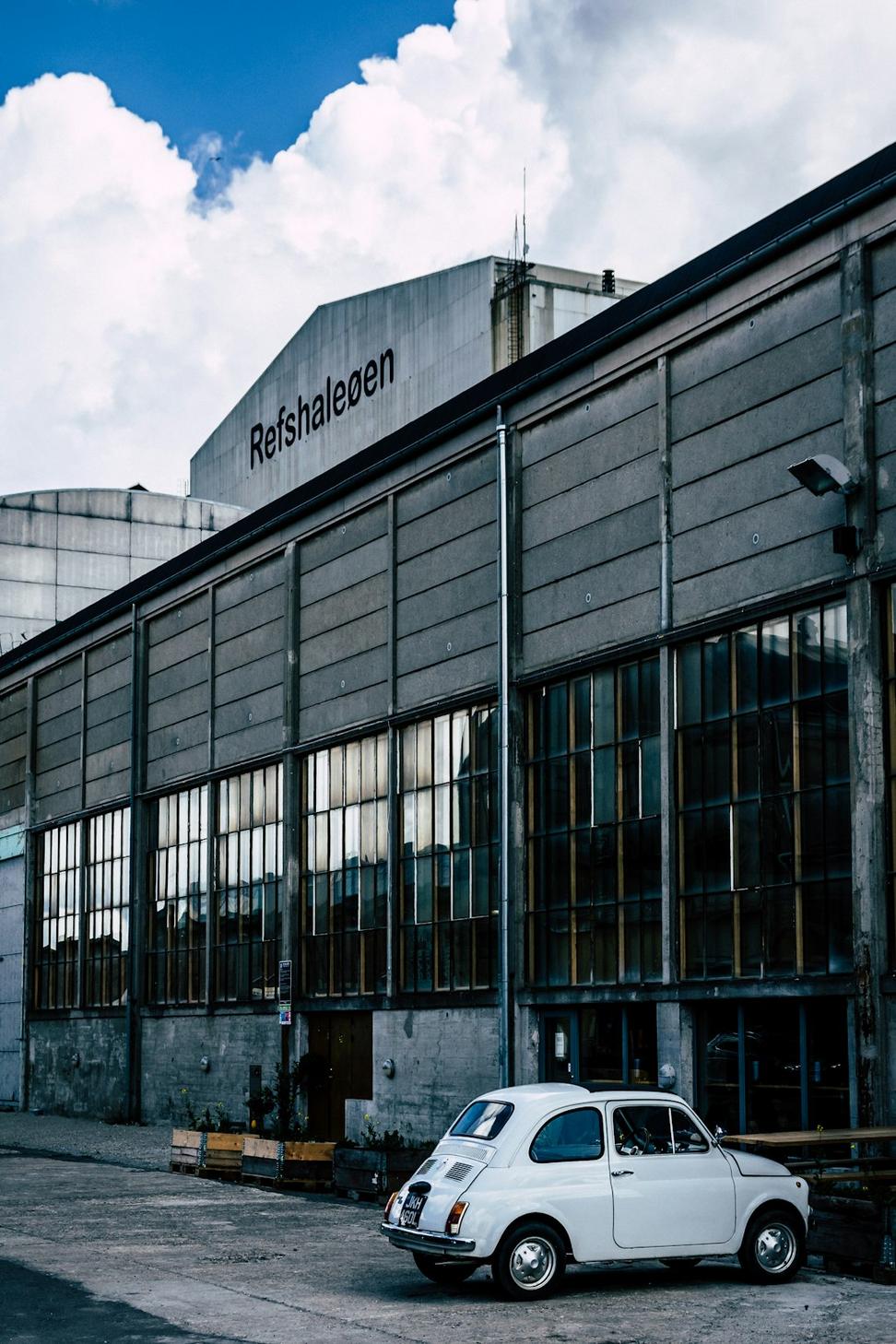
Before: Original warehouse state, 2023
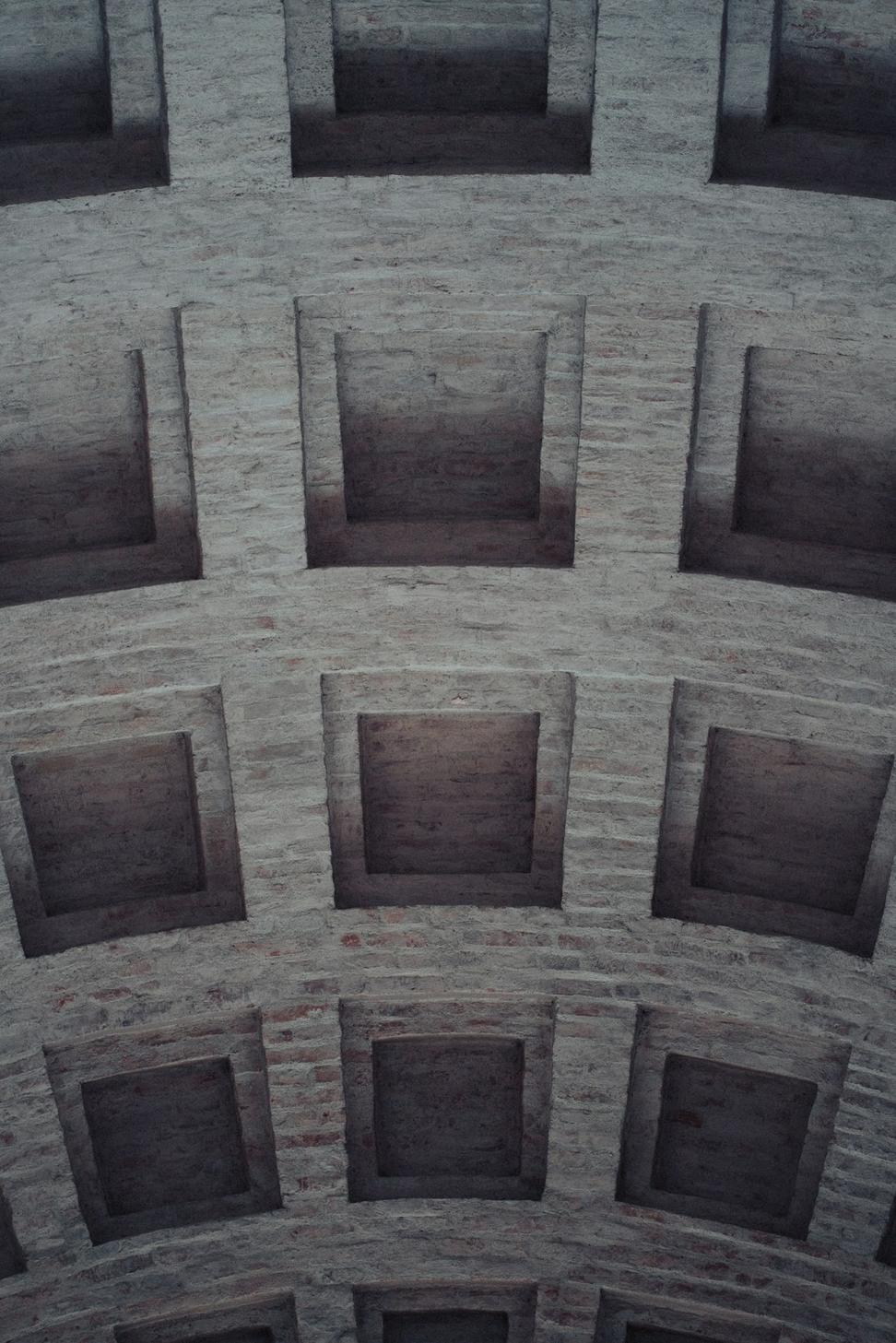
After: Transformed living space, 2024
Our Approach
We ended up designing a 'building within a building' - kept the original brick shell mostly intact but created a super-insulated inner envelope. Added these massive triple-glazed windows that actually open (client's one non-negotiable request), and installed radiant floor heating powered by a ground-source heat pump. The tricky part was threading all the mechanical systems through without destroying the exposed timber beams everyone loved.
Technical Highlights
Energy Reduction: 78% vs. baseline
Insulation: R-40 walls, R-60 roof
Glazing: Triple-pane, U-0.18
Heating: Geothermal + radiant floors
Ventilation: HRV system, 92% efficiency
Solar: 8kW rooftop array
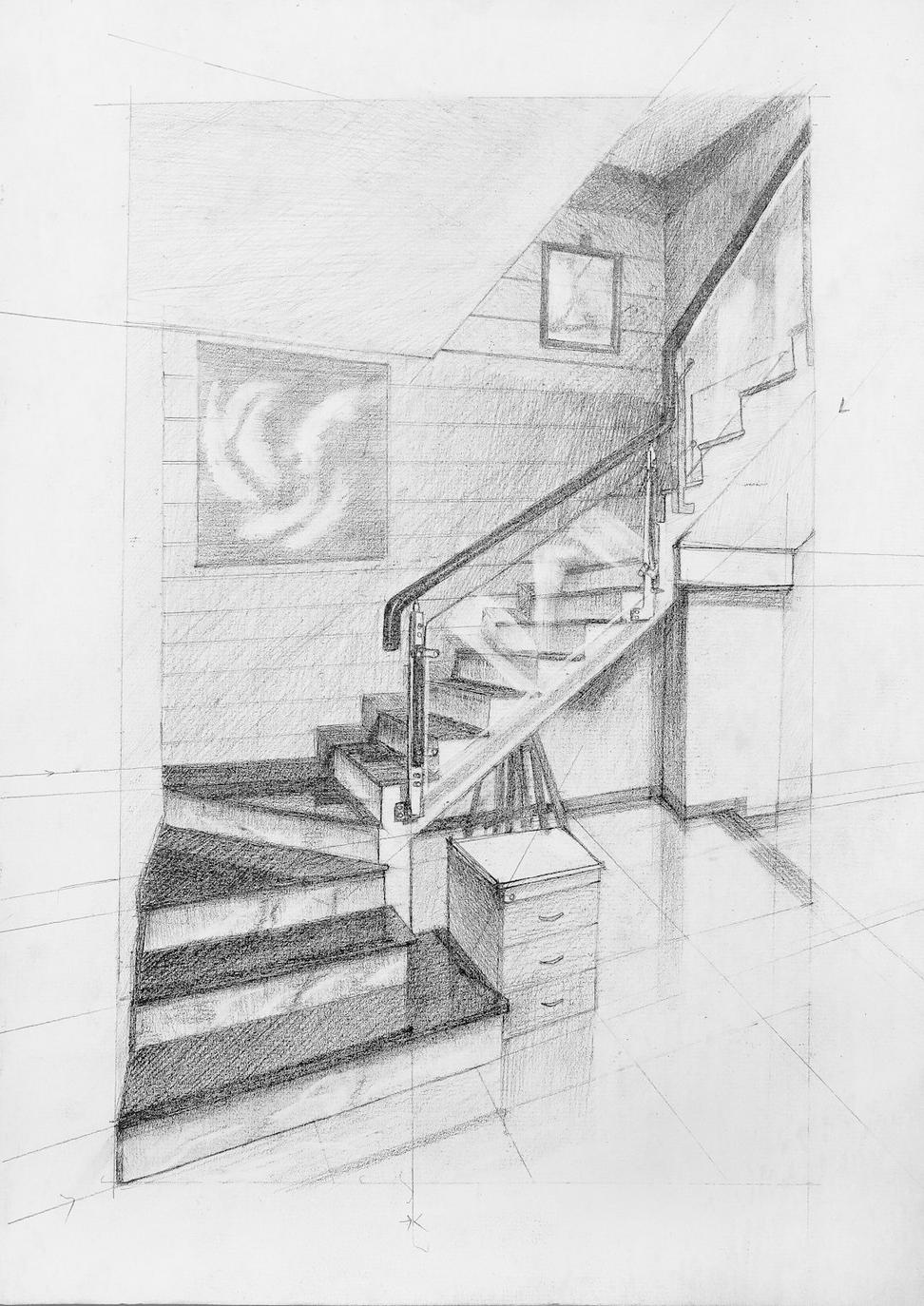
Section detail showing thermal envelope strategy and mechanical integration
The Reality Check
Not gonna lie - we had a moment mid-construction when the contractor hit us with some unexpected structural issues. Turned out three of the main support columns had more rot than we'd caught in the initial survey. Had to bring in steel reinforcement, which ate into the budget and pushed timeline back by six weeks. But that's restoration work - you never really know what's hiding until you start peeling back layers.
Client Perspective
"We'd looked at probably eight firms before Shadow Lynx. Everyone else wanted to gut it completely or told us our budget was unrealistic. These guys actually listened and figured out how to make it work. Yeah, we went over budget when they found those column issues, but they were upfront about it and gave us options. Living here now? It's exactly what we imagined - actually, better."
- Marcus T.
Homeowner
Project Stats
- Timeline: 14 months
- Square Footage: 3,200 sq ft
- Budget Range: $850K - $950K
- Team Size: 4 architects, 2 engineers
- Certification: LEED Gold pending
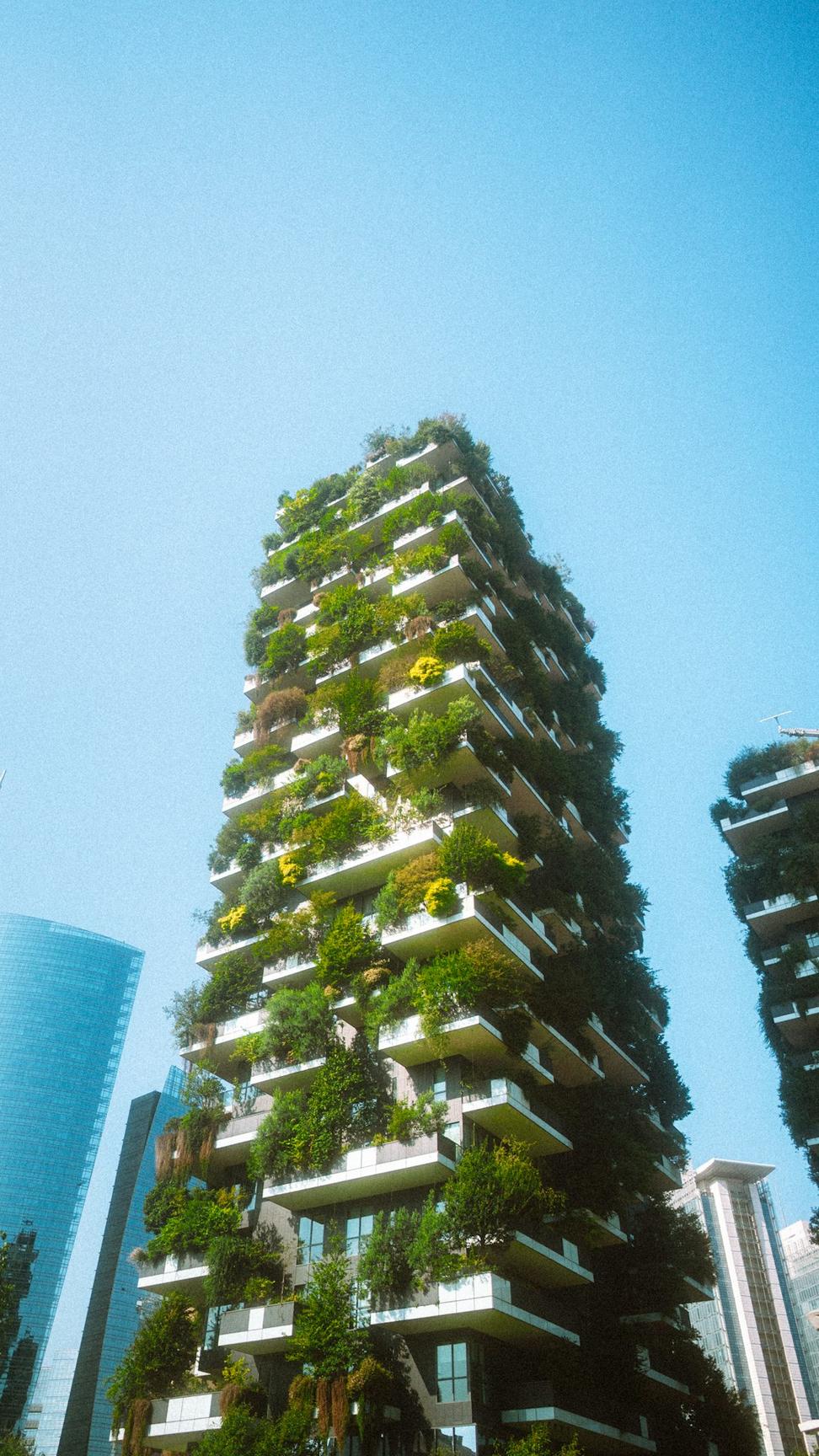
Street view showing preserved heritage facade with contemporary interventions
Waterfront Passive House
Etobicoke, ON | Completed June 2024
The Brief
Client came to us wanting "the most energy-efficient house in Toronto" - their words, not ours. They'd done their homework on Passive House standards and weren't messing around. Oh, and they wanted floor-to-ceiling glass facing the lake. You know, the thing that's basically kryptonite for thermal performance. Challenge accepted.

Before: Vacant lakefront property
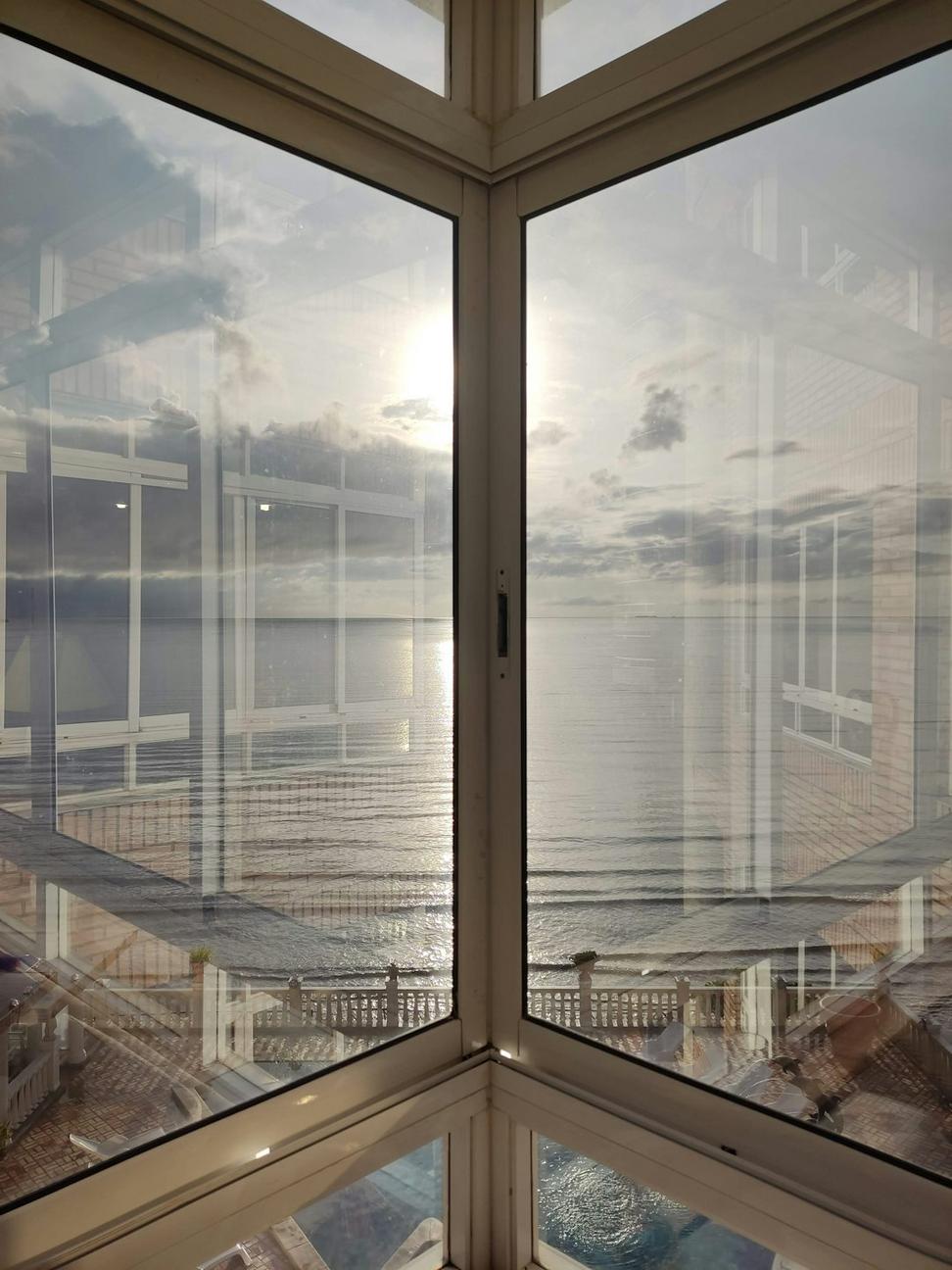
After: Certified Passive House with lake views
Design Solution
We basically designed the house as two zones - a super-insulated 'thermal core' on the north side containing bedrooms and utilities, and then this glass pavilion on the south with carefully calculated overhangs and automated exterior shading. The key was getting the window-to-wall ratio just right and using ridiculously good glazing - we're talking quadruple-pane with krypton gas fills. Sounds fancy, but it's what you need to hit those Passive House numbers.
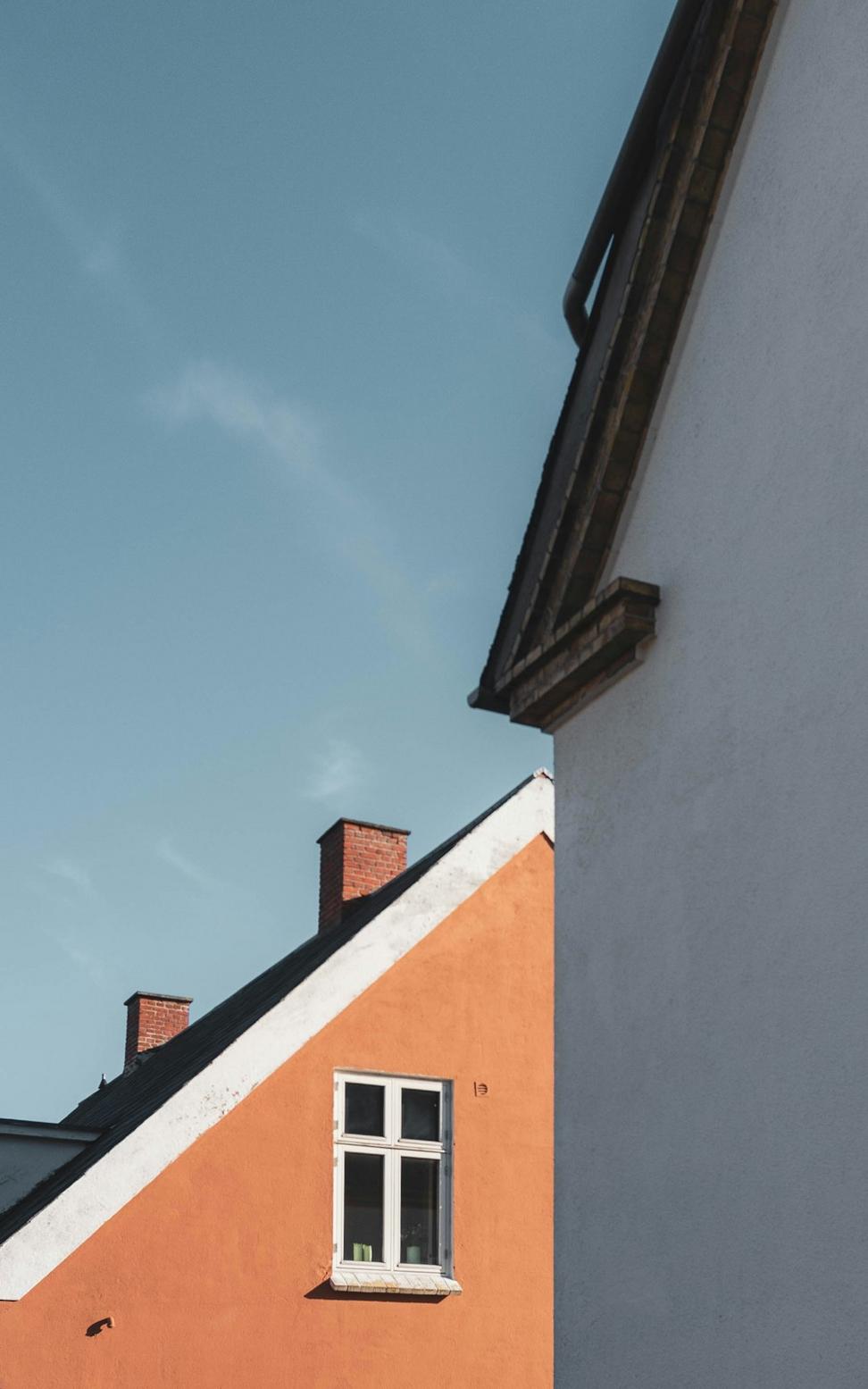
Wall assembly cross-section
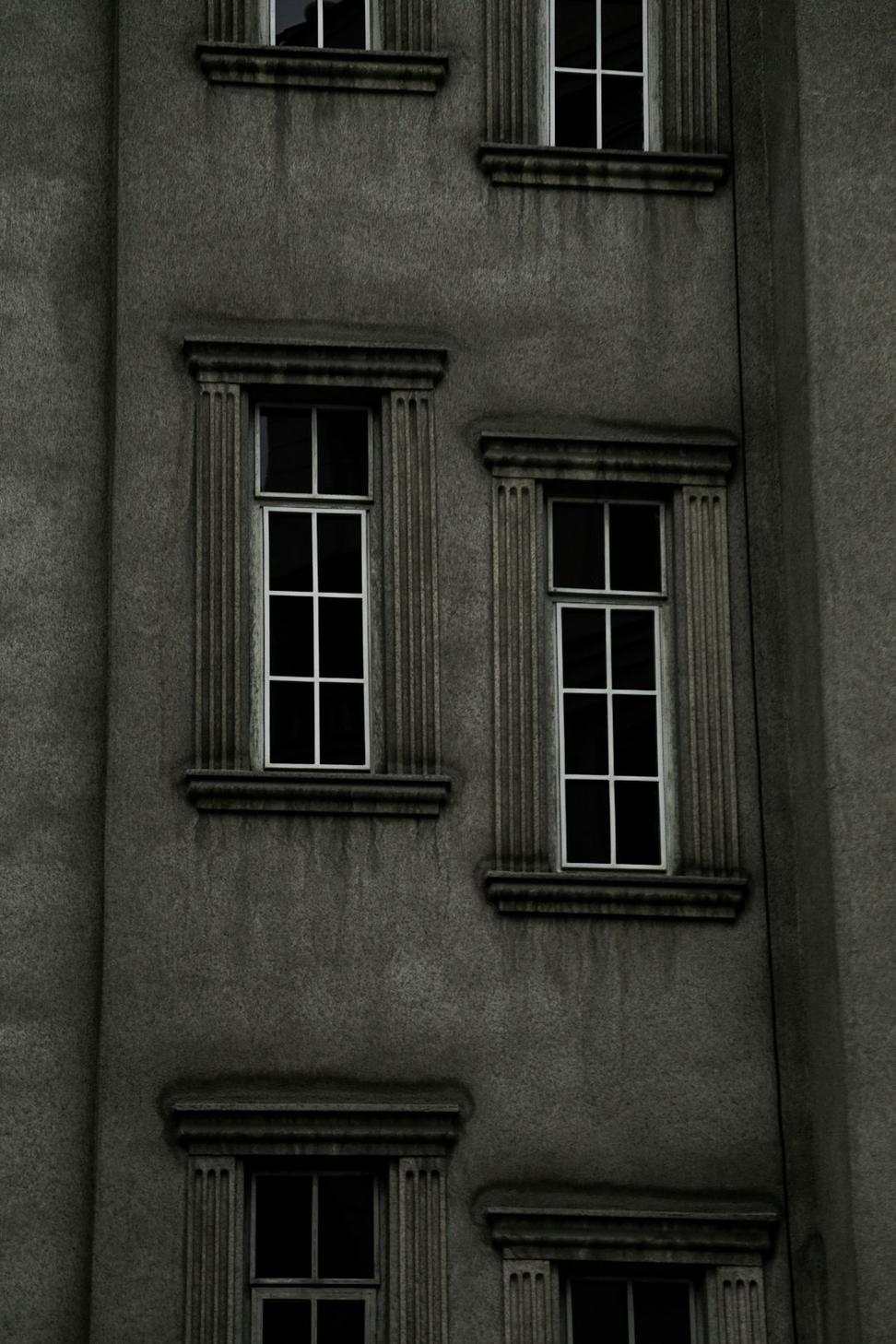
Airtightness testing phase
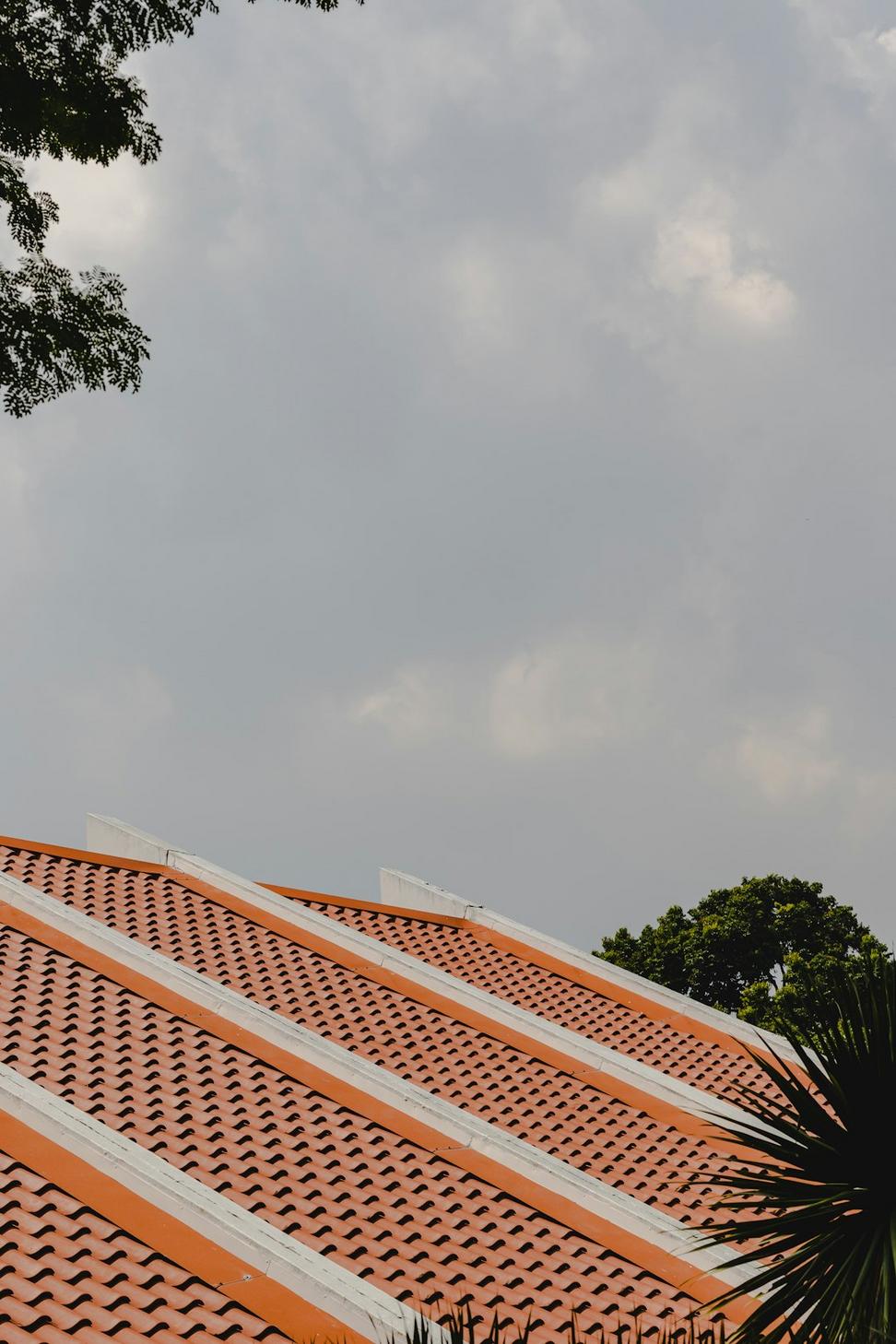
Solar array installation
Performance Metrics
0.38
ACH @ 50Pa
(Airtightness)
12
kWh/m²/yr
(Heating demand)
95%
Energy reduction
vs. typical code build
What We Learned
This project really drove home how critical the contractor relationship is. We went through three rounds of training sessions with the trades - Passive House construction is super detail-oriented and you can't just hand off drawings and hope for the best. Every penetration, every joint needs to be perfect. We caught a few mistakes during construction (tape joints that weren't properly sealed, a vent penetration that wasn't detailed right), but because everyone understood why it mattered, they were willing to redo it. That's the difference between passing and failing certification.
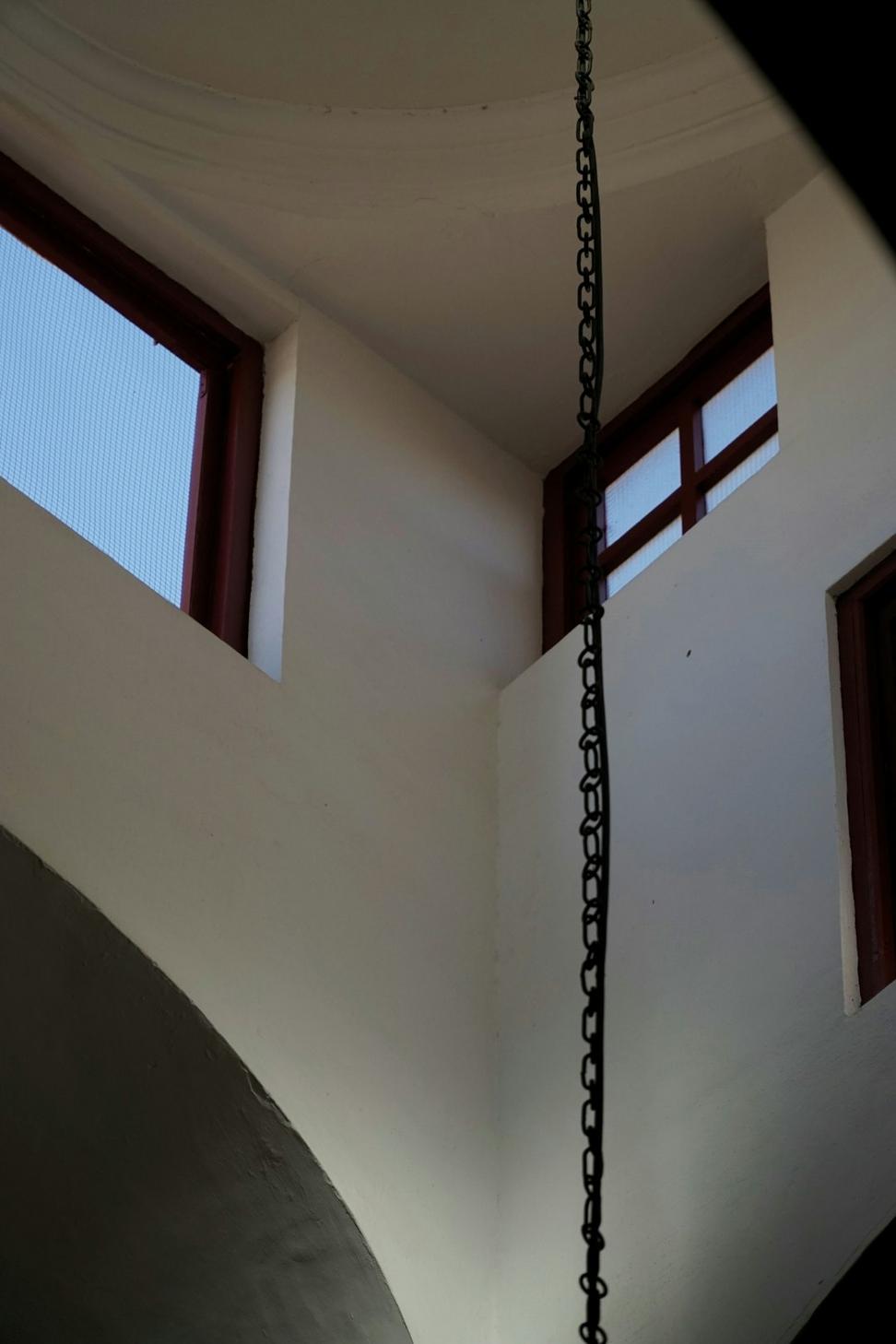
Living area showing southern glazing and thermal mass integration
Owner's Experience
"First winter, we kept checking if the heating was actually on. Our energy bills are genuinely less than our old condo's, and this place is twice the size. The attention to detail during construction was intense - I remember thinking they were being obsessive about tape and seals, but now I get it. It's been 8 months and we haven't had a single draft or cold spot. Worth every penny."
- Jennifer & Paul K.
Homeowners
Project Details
- Duration: 18 months (design + build)
- Area: 2,800 sq ft
- Investment: $1.2M - $1.4M
- Consultants: 6 specialized
- Certification: Passive House Certified
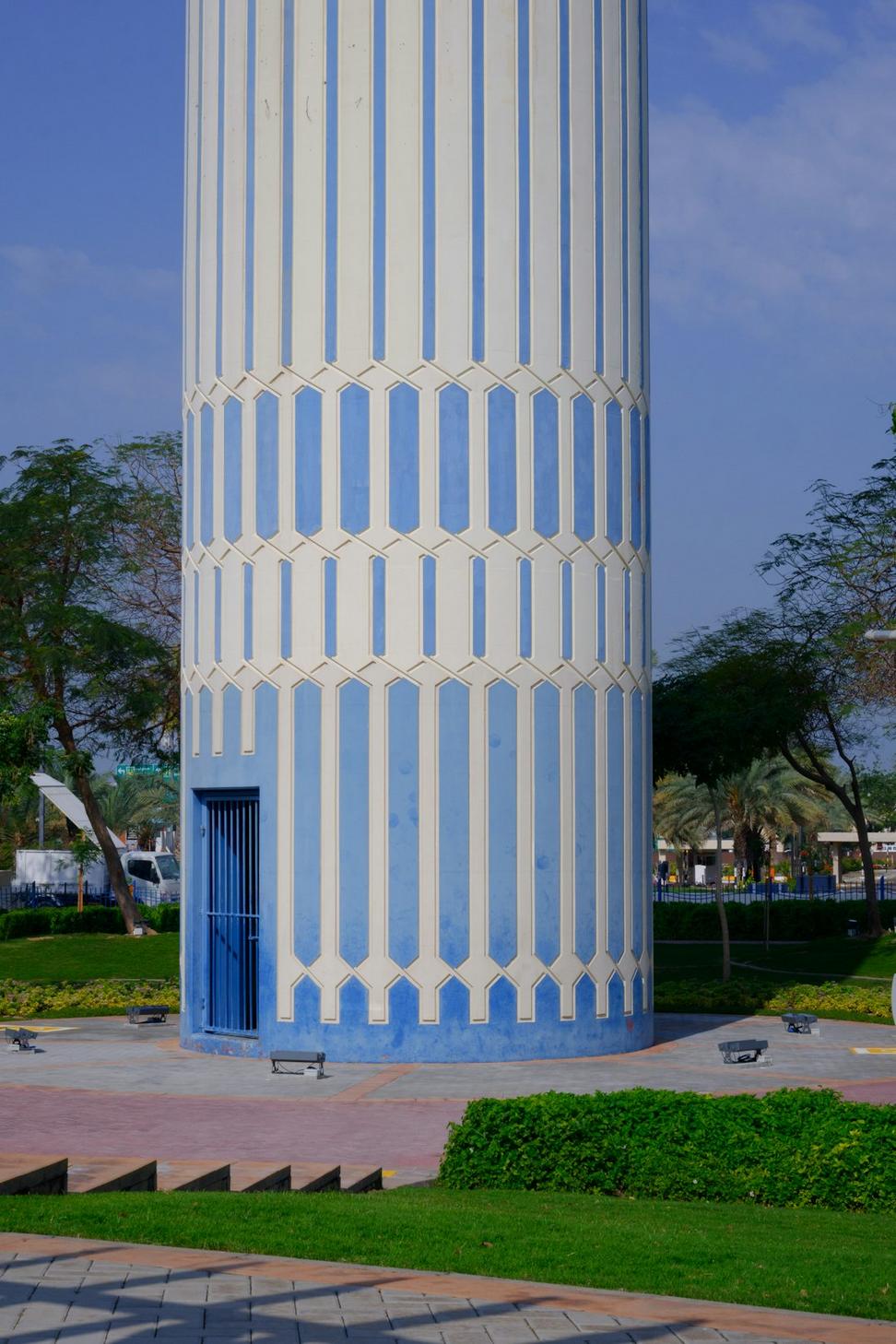
Thermal imaging showing minimal heat loss (darker = better)
King Street Mixed-Use Development
Downtown Toronto, ON | Completed March 2025
Project Background
This one's been a journey. Developer wanted to replace a '70s-era commercial building with something that'd actually contribute to the neighborhood instead of just taking up space. Ground floor retail, two floors of co-working space, and residential units on top. Plus they wanted green certification and had to navigate some gnarly zoning constraints. Oh, and the neighbors weren't exactly thrilled about more density initially.
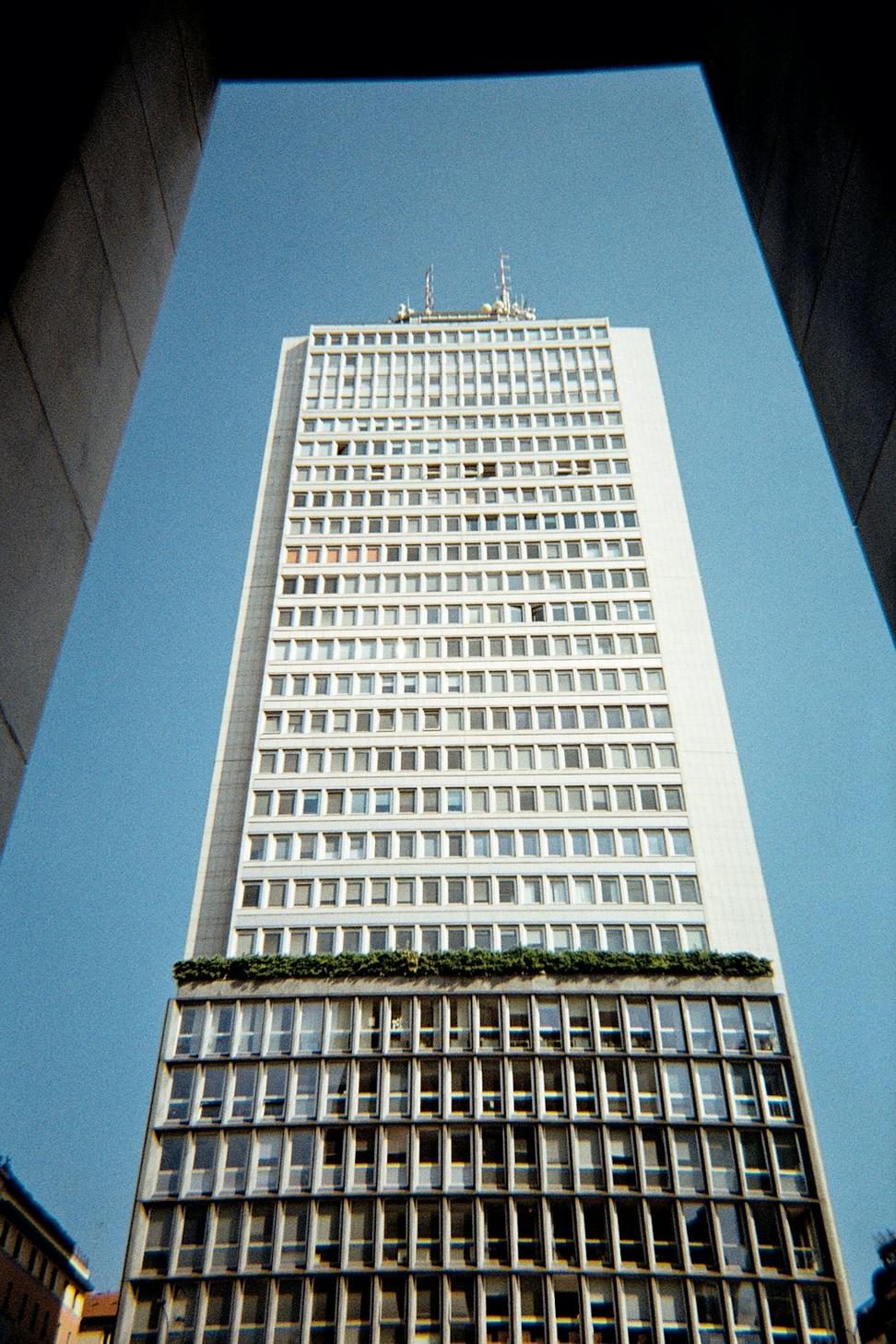
Before: Original 1970s structure
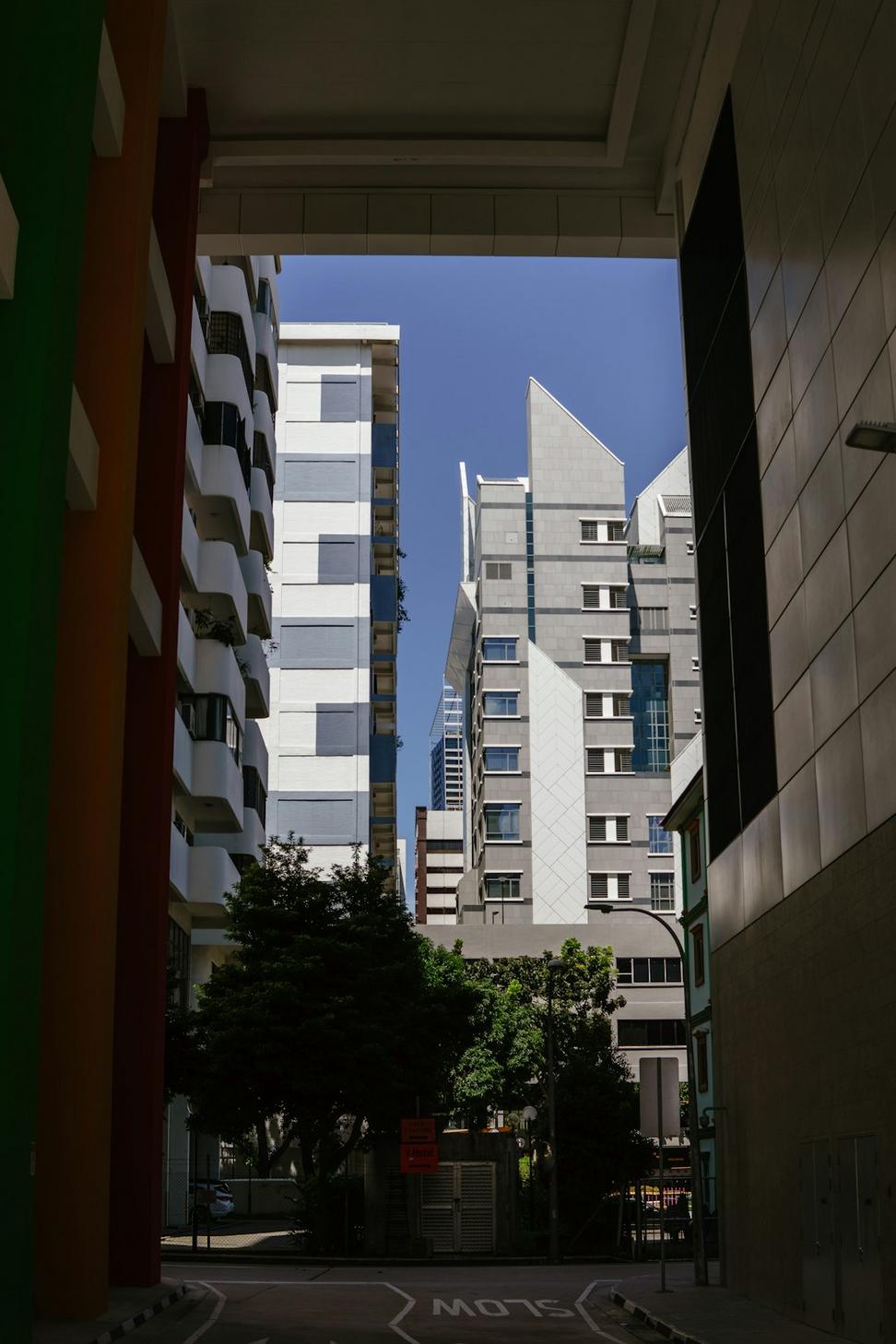
After: Integrated mixed-use development
Design Strategy
We spent a ton of time on the street-level experience. Set the building back a bit to create this semi-public space with seating and greenery - not a plaza exactly, more like an urban room that flows into the retail. Used different materials at different levels to break down the scale visually, so it doesn't feel like one massive block. The residential units start on the fourth floor to get them above the street noise, and we added these corner terraces that ended up being a huge selling point.
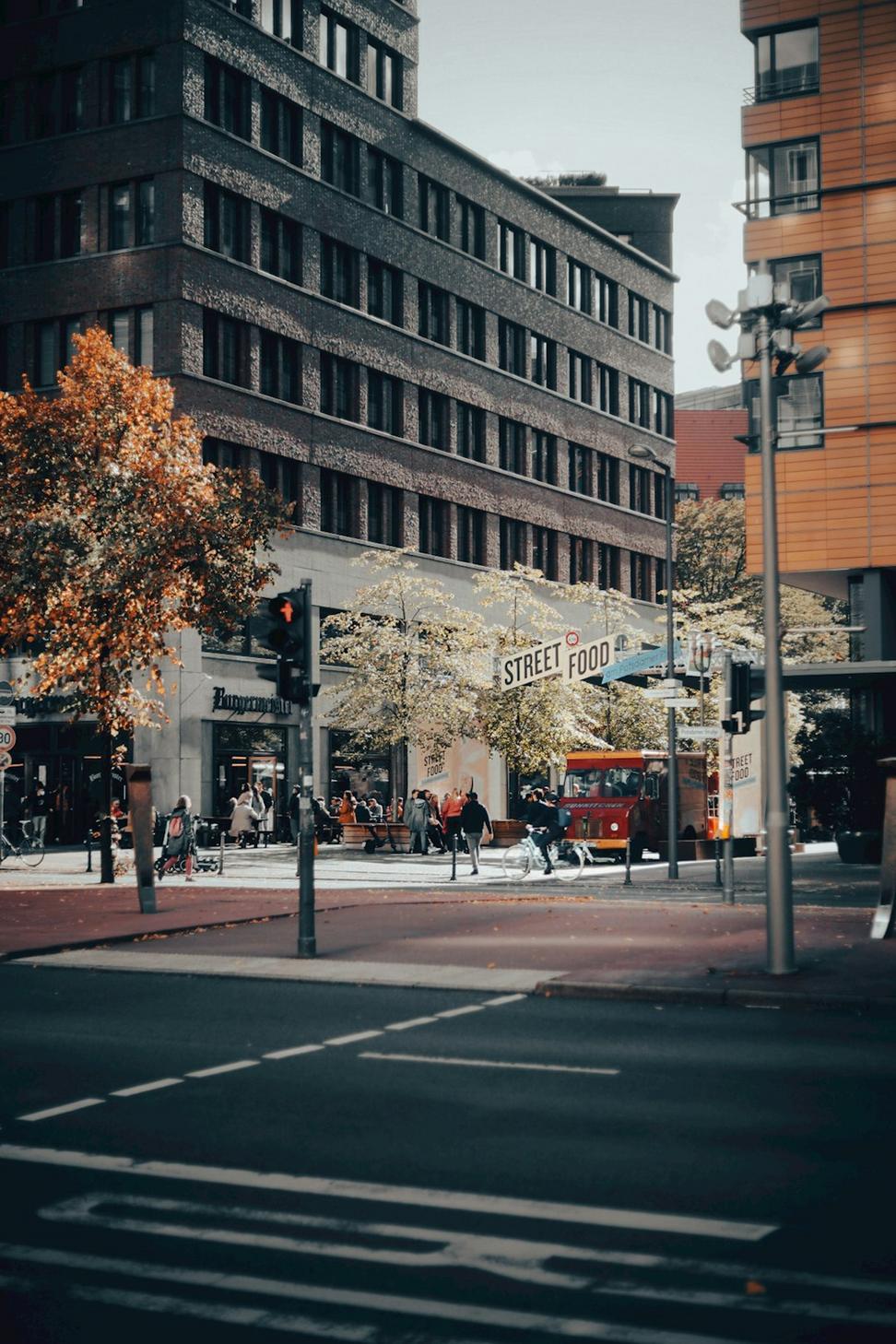
Ground level public space integration with retail frontage
Urban Integration
- Street-level activation with 200ft retail frontage
- Public seating area with 25 trees planted
- Bike parking for 80 bikes (secure + street-level)
- Enhanced sidewalk width by 6 feet
- Transit integration (King streetcar right there)
Sustainable Features
- Green roof covering 60% of roof area
- Rainwater harvesting for irrigation
- High-performance curtain wall system
- LED throughout + daylight sensors
- 45% energy reduction vs. baseline
Community Process
Real talk - the community consultations were rough at first. Lot of concerns about shadows, traffic, "character of the neighborhood" stuff. We ended up doing four public meetings instead of the required two, brought physical models people could actually look at, did shadow studies at different times of year. Made some real changes based on feedback too - reduced the height by one floor on the east side, added more setback at street level. By the end, most of the neighborhood association was actually supportive, or at least not actively opposing it.
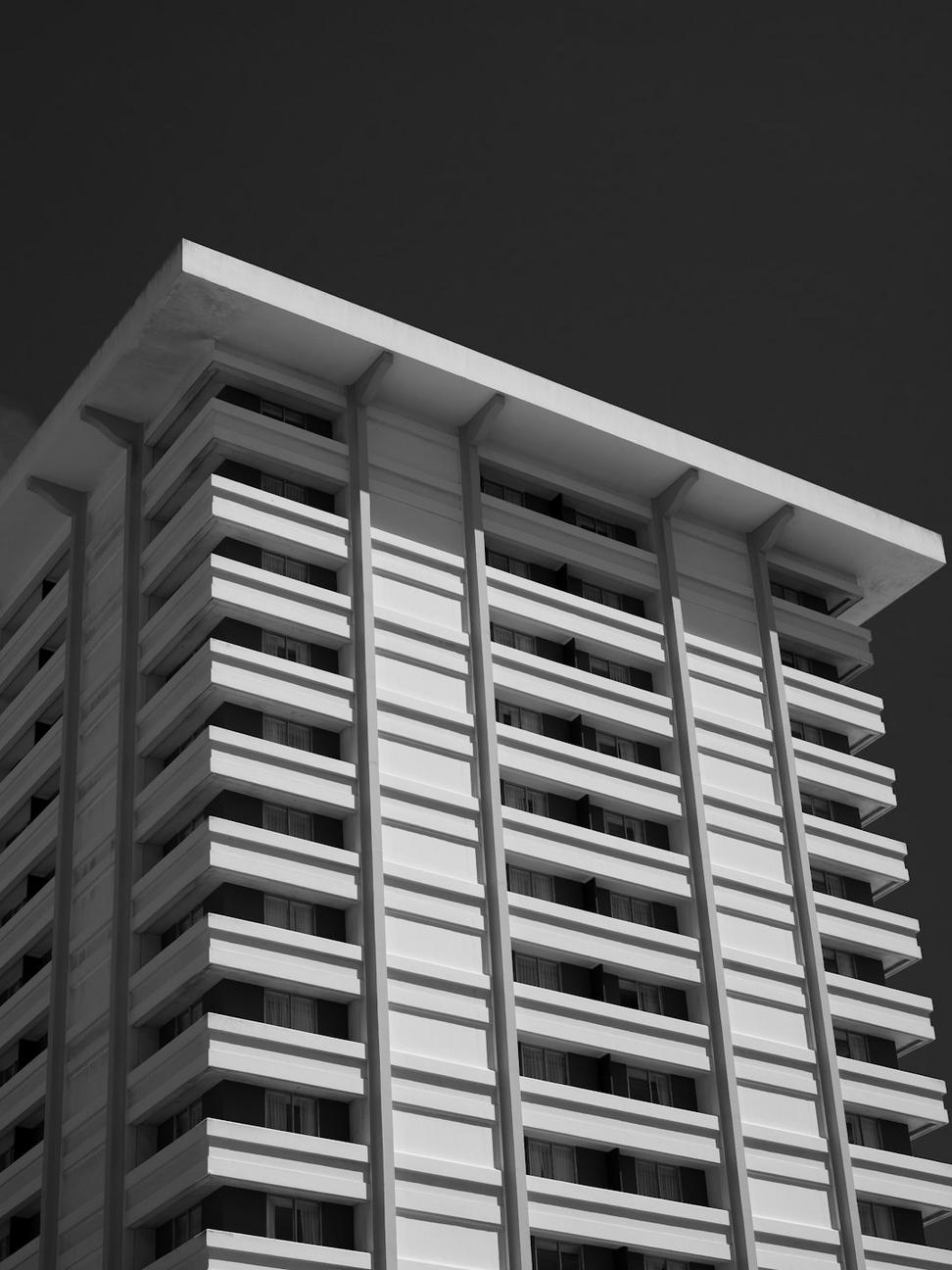
Scale model used in community consultations
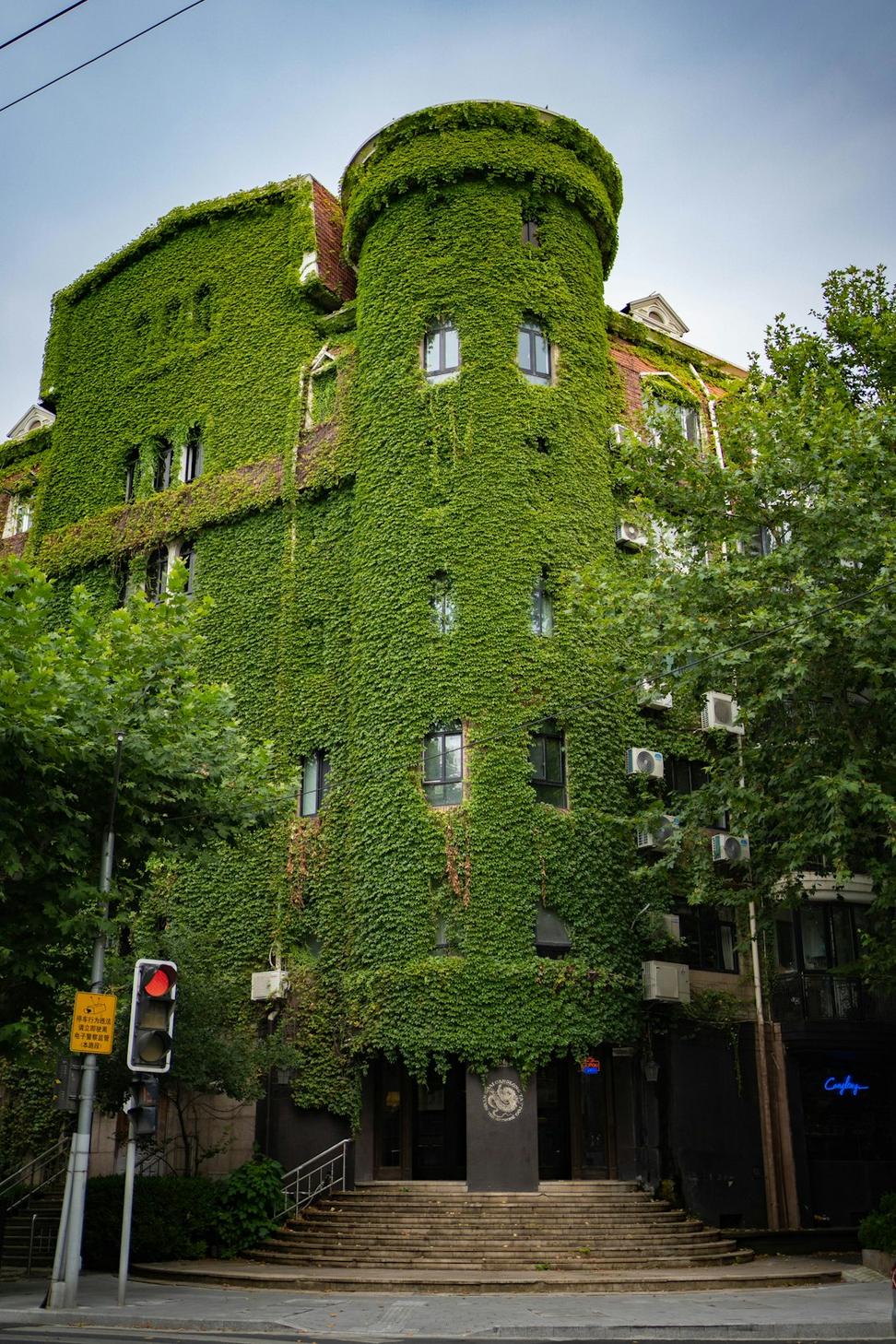
Extensive green roof system
Lessons Learned
Mixed-use is complicated because you're basically designing three different building types that have to work together. The coordination between retail needs, office systems, and residential privacy was constant. We learned a lot about acoustic separation (turns out people don't love hearing the restaurant extraction fans at 11pm). Also, the construction sequencing was wild - keeping retail spaces open during tenant fit-out while residential units were getting occupied above. Would we do it again? Yeah, absolutely. These projects actually make cities better when done right.
Developer Feedback
"Shadow Lynx didn't just give us a building - they navigated a complicated approval process and turned skeptical neighbors into supporters. The ground-level design has created real value for the street. Our retail spaces leased faster than comparable buildings in the area, and the residential units sold above projections. They understood that good urban design isn't just aesthetics - it's about creating places people actually want to be."
- David R.
Development Partner, Urbancore Properties
Project Scope
- Timeline: 26 months (approvals + construction)
- Total Area: 42,000 sq ft
- Units: 28 residential + retail + office
- Budget: $14.5M
- Status: LEED Silver certified
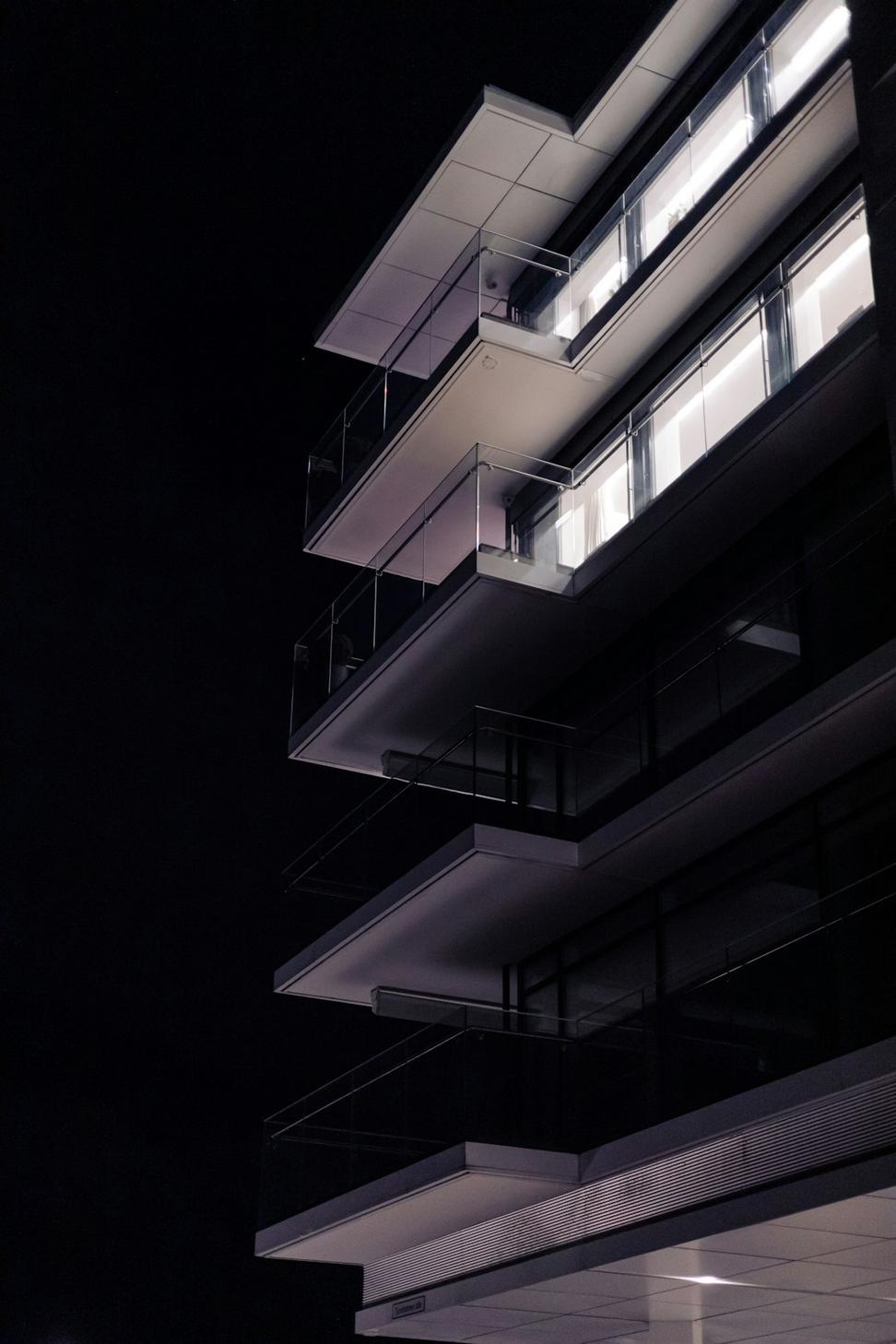
Evening view showing integrated lighting design
Rosedale Victorian Interior Transformation
Rosedale, Toronto, ON | Completed August 2024
The Situation
Beautiful 1890s Victorian that'd been "updated" badly in the '80s - dropped ceilings, weird partition walls, that awful mauve carpet everywhere. Clients bought it for the location and bones, but the interior was basically unusable for how they actually live. They've got two kids and work from home part-time, so they needed the house to actually function for modern life while respecting its heritage character. Couldn't touch the exterior (heritage designation), so everything had to happen inside the shell.
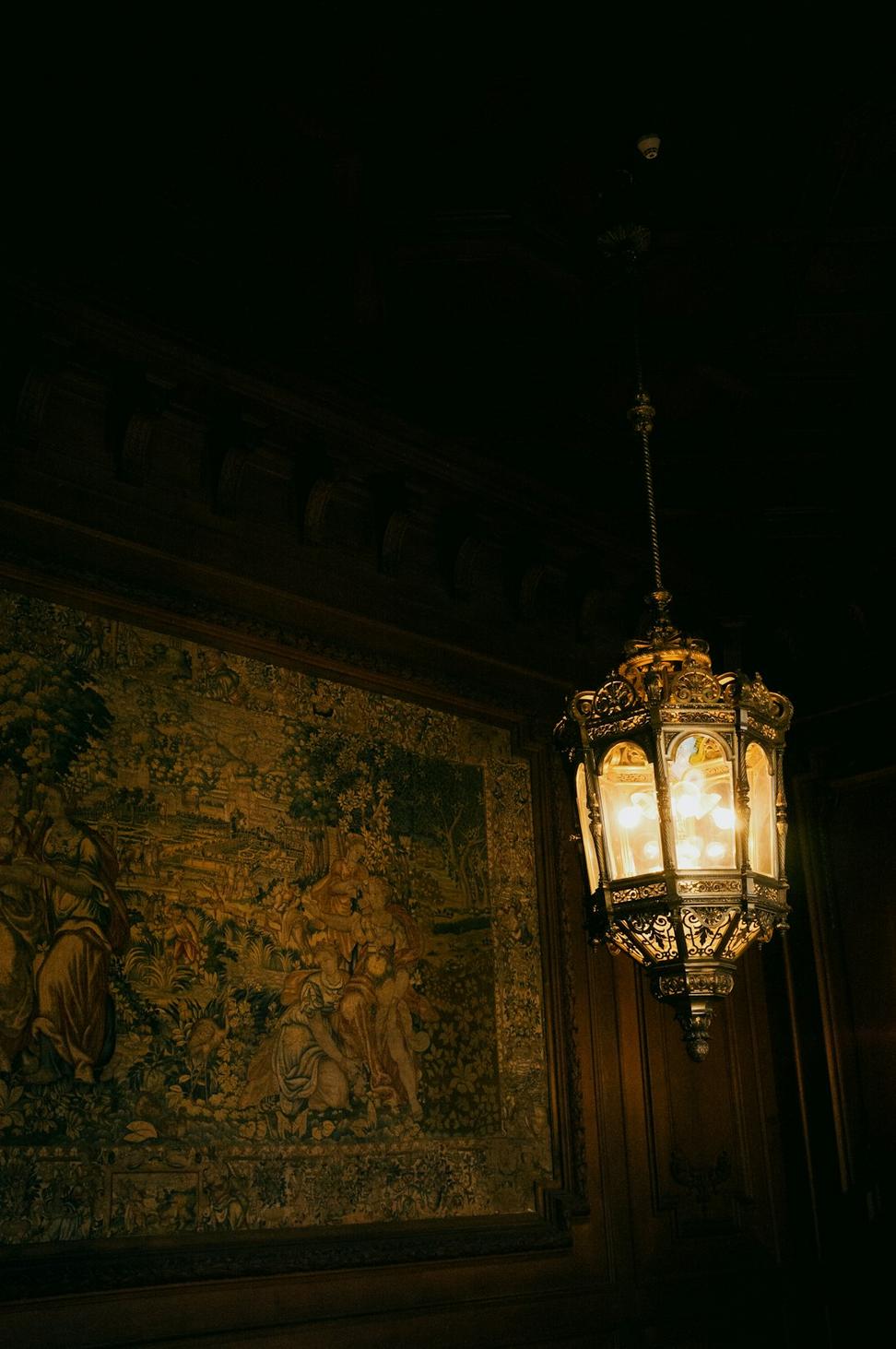
Before: 1980s interventions